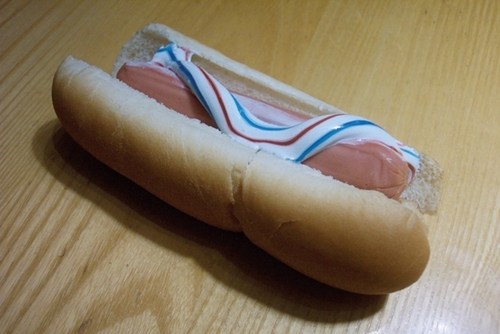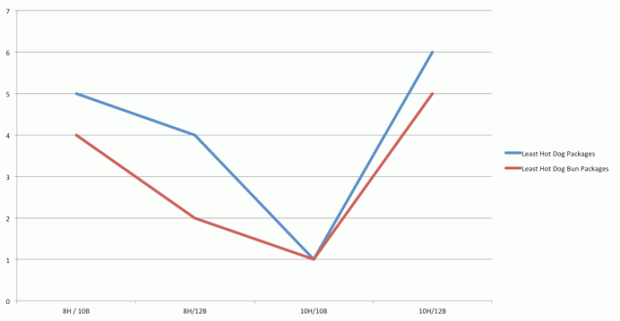Serious Eats is a very cool site, particularly for The Food Lab. What makes it so great is they don’t just demonstrate how to do something, but the science behind it. A few months ago they did a post on making ice cream without an ice cream maker. This is relevant to my interests.
One of the greatest things about this particular blog post is that they explain overrun, something that few actually bother to understand but most people have noticed. I remember learning this in either 6th or 7th grade science class:
Churning also does another thing: it introduces air to the mix. The amount of air incorporated to the mix is referred to in the industry as overrun, and is given as a percentage representing the total volume after churning over the volume of the unchurned base.
So, for example, say I started out with 2 cups of ice cream base and introduced enough air to the mix while churning to make 3 cups of frozen ice cream. That’s 50% more volume added during churning, so the ice cream has an overrun of 50%.
In small amounts, overrun is a good thing. It keeps the texture looser and creamier. Most premium ice creams, like Häagen-Dazs, have an overrun of about 25% while cheaper brands, like Breyers, can have an overrun of as much as 94%. At this level, the ice cream melts much faster, and loses a lot of its richness.
For anyone who has tried one of the brands with high overrun: you know it. It’s really obvious. Also note the ratio of product to air you’re actually getting.
By law ice cream can’t contain more than 100% overrun (50% of the product being air). I presume that is related to 21 C.F.R. PART 135 but I’m not a dairy lawyer.
While I’m on the topic of ice cream, I’ll note that soft serve is 33-45% air.
Science: it even makes ice cream better.



